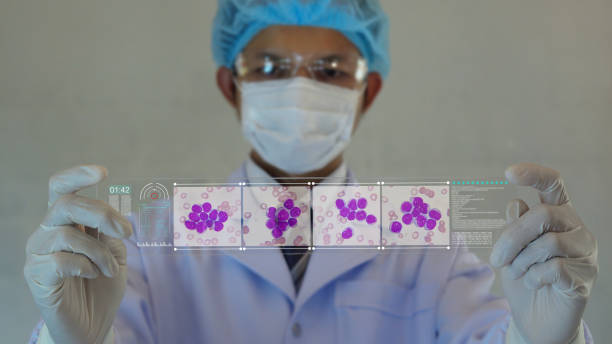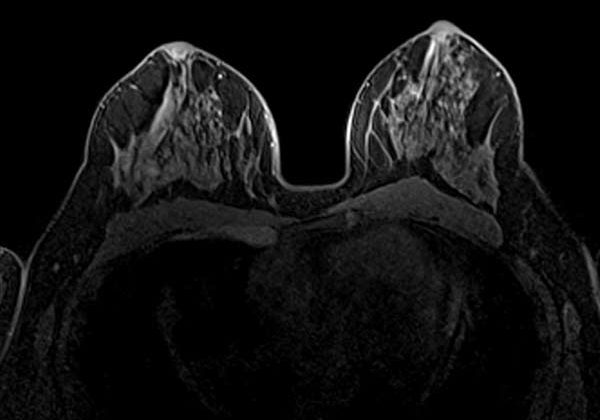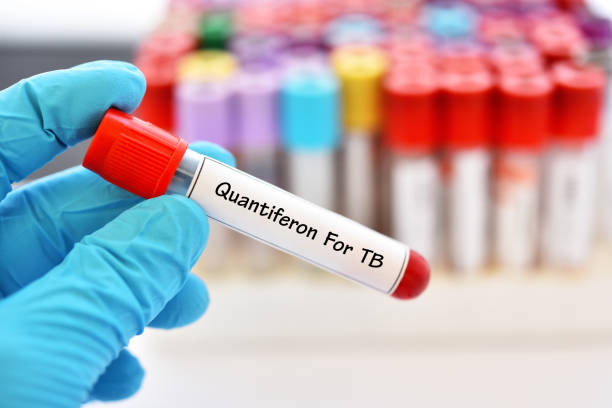Cannabinoids can have therapeutic or adverse effects depending on the cellular region they activate
The recreational and therapeutic use of cannabinoid compounds is increasing worldwide. However, their serious side effects, which include cognitive impairment and motor dysfunction, among others, have sparked a heated debate about the safety of both their recreational use and their possible medical applications, such as pain control in clinical settings.
Understanding the mechanisms underlying the therapeutic and adverse effects generated by cannabinoids is therefore vital to ensuring their safe use. We know that the principal psychoactive component of the cannabis sativa plant (marijuana) is delta-9 tetrahydrocannabinol (or THC), which affects the brain mainly by activating cannabinoid receptor type 1 (CB1). We also know that the pharmacological activation of the CB1 receptor affects motor control in experimental animals, and that, in humans, the leading cause of traffic accidents linked to cannabis consumption is the drug’s cataleptic effects.
However, the CB1 receptor is widely distributed throughout both the brain and different cellular compartments, and little is known about the specific molecular and cellular processes underlying its activation. The study led by Soria-Gómez aims to shed light on both these areas.
The results indicate that if cannabinoid-induced CB1receptor activation occurs in the mitochondrion, this generates cataleptic effects. However, when these same receptors are stimulated in the plasma membrane, pain sensitivity is reduced. In both cases, the process is based on the regulation of specific molecular pathways in the cerebral circuit comprising the striate nucleus and the substantia nigra (known as the striato nigral circuit).
Not only do these results reveal new cellular mechanisms that are responsible for the action of cannabinoids, they also represent a new conceptual framework in neuroscience. ‘We used to believe that the shape of a person’s skull determined their personality traits. Later, we discovered that different brain structures are responsible for specific functions. Recently, efforts have focused on studying neural circuits as the elements responsible for behaviour. In this study we go one step further, showing that a protein (in this case, the CB1 receptor) in the same neural circuit (striato nigral circuit) can modulate different behaviours depending on where it is located in the cell (mitochondrion vs plasma membrane). In other words, we have discovered a subcellular specificity for behaviour control,’ explains the researcher.
Source: University of the Basque Country





